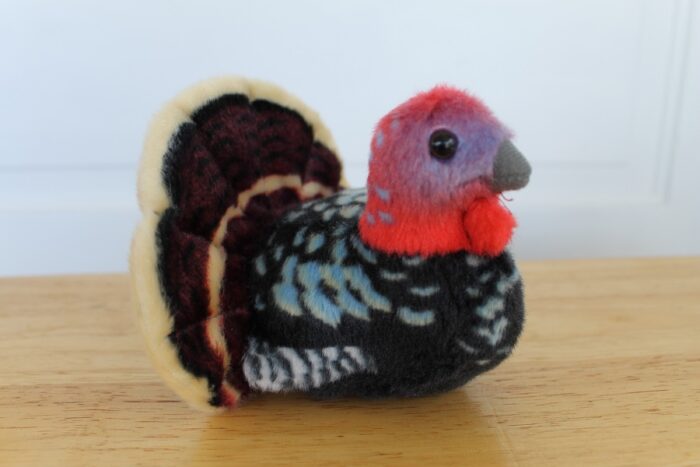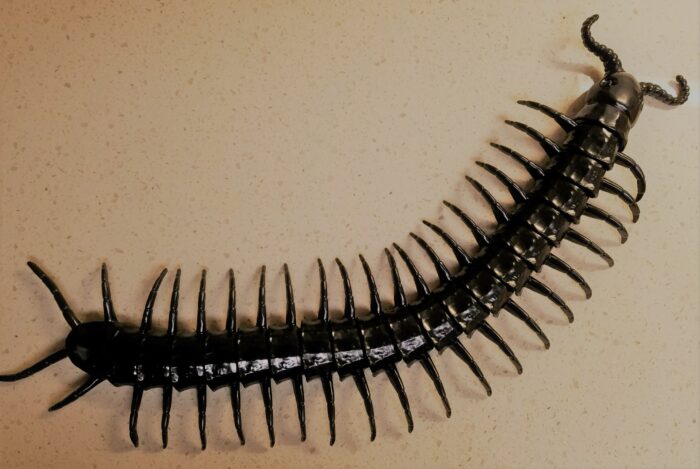It’s that time of year again, when the United States celebrates Thanksgiving and everything relating to the wild turkey (Meleagris gallopavo) and its domesticated counterparts. Last year I missed the opportunity to review a specimen of this highly symbolic bird but I’ve come prepared this year. This turkey is part of the Wild Republic Audubon Birds line of plush birds that emit authentic vocalizations provided by the Cornell Lab of Ornithology.
Butterflies to Go (Club Earth)
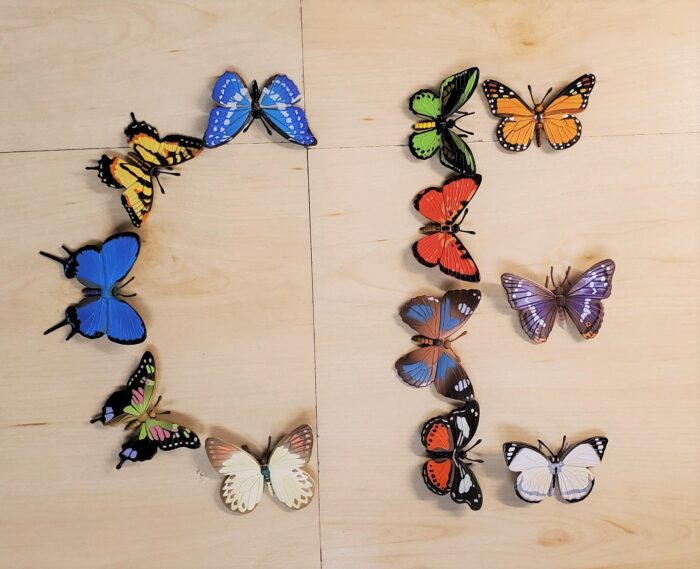
I recently completed a Holy Grail collection, so I thought to share it on the Blog. I am referring to the Butterflies to Go collection by Club Earth. I am not sure when it was released, but it was probably alongside the classic Play Visions collections in the late 1990s. The set consists of 12 species of butterflies.
Bighorn Sheep (Wild Safari North American Wildlife by Safari Ltd.)
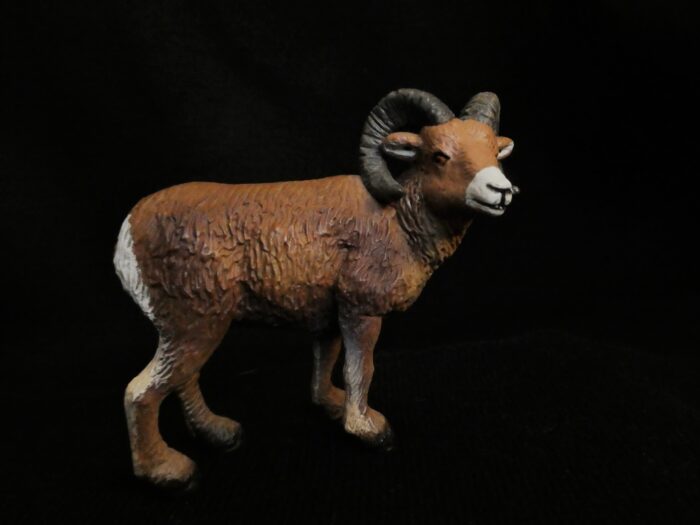
Review and images by endogenylove; edited by bmathison1972
When travelling through the hills and mountains of the American west, it is always advisable to scan the cliffsides for signs of bighorn sheep (Ovis canadensis); I’ve seen them myself. Bighorn sheep are a type of wild caprine that span the majority of the Rocky Mountains, from southern Canada, through the United States, and into the Baja Peninsula of Mexico.
Firefly (Chick-Fil-A Properties, Inc.)
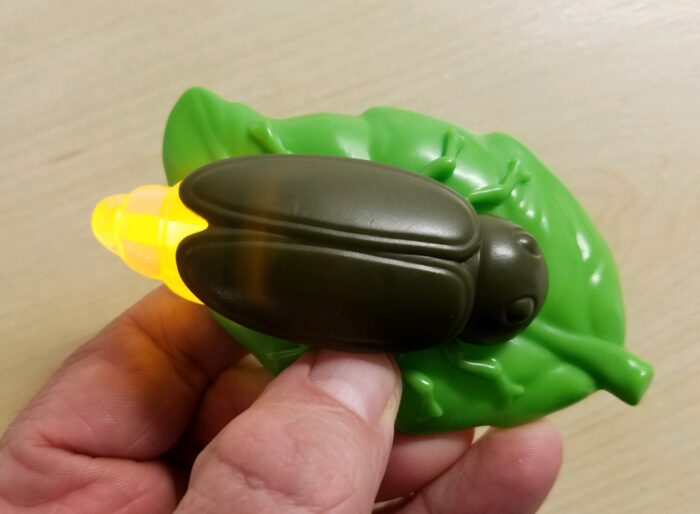
Walkaround of a novelty food premium, a firefly by Chick-Fil-A Properties, Inc., originally released in 2014. I like food premium figures. They are often unique, original releases, that tend to disappear quickly after being released. As such they are often difficult to obtain and over time may fetch a bit of money to acquire them!
Ivory-billed Woodpecker (Wildlife by CollectA)

Review and images by suspsy; edited by bmathison1972
The ivory-billed woodpecker (Campephilus principalis) was one of the largest woodpeckers in the world and certainly the largest to inhabit North America. Tragically, after relentless decades of hunting, pollution, and deforestation, this magnificent bird is largely believed to have gone the way of the thylacine and the quagga.
Centipede (Hyde and Eek! Boutique by Target Brands)
Ducks (Decoy Rubber Duckies by Funrise Express)
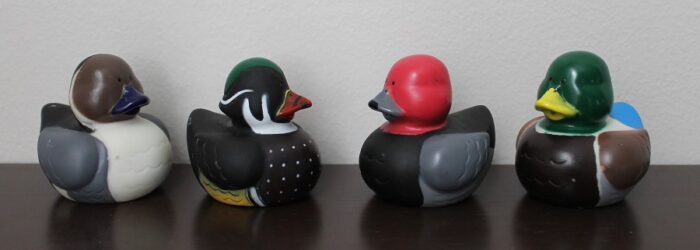
With the possible exception of the Teddy bear the classic rubber duck is without question the most popular animal toy in the world. And although the collecting of rubber duckies does not really tie into our own hobby you can bet that they have their own loyal following of collectors. And the selection of different ducks is astounding; they come in every conceivable color, size, and style.
Polar Bear, 2009 (Wild Safari Sealife by Safari Ltd.)
Walrus (Wild Safari Sealife by Safari Ltd.)
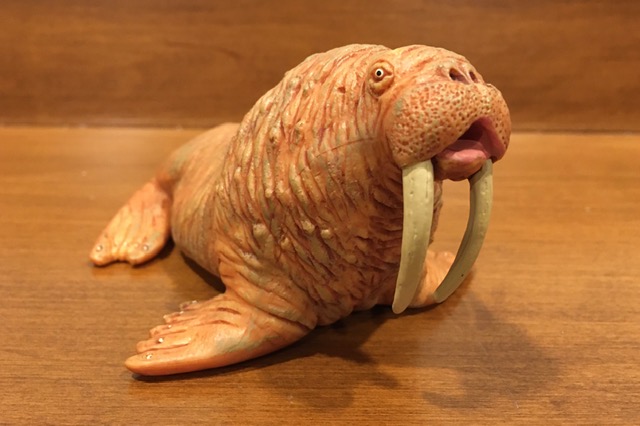
Review and images by Suspsy; edited by bmathison1972
Thanks to its wonderful whiskers and tusks, the walrus (Odobenus rosmarus) is the most unique and recognizable out of all the 33 extant pinnipeds. Many toys of this massive beast have been made over the decades; here we shall be examining the Wild Safari Sealife version from 2005.
Banana Slug (Club Earth by Play Visions)
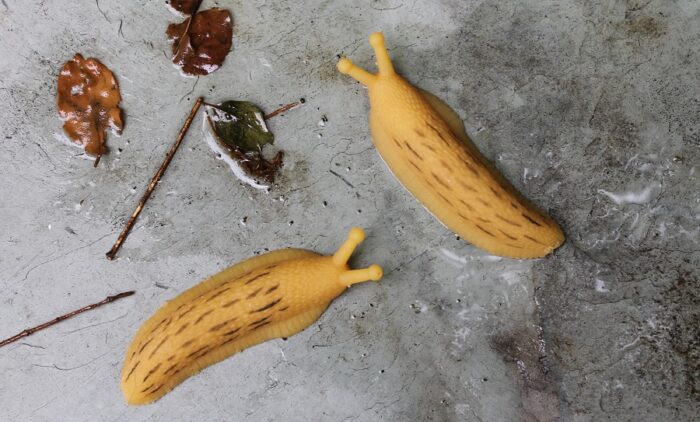
The Pacific coast of North America is well known for its unique ecology; temperate rainforests, redwood and sequoia trees, sea otters, gray whales and other marine mammals, and the various Pacific salmon of the Oncorhynchus genus. But there are more humble creatures that call that region home. Many of which are unknown to the world at large but quite famous to the local humans that live alongside them.
California Sea Lion (Wild Safari Sealife by Safari Ltd.)
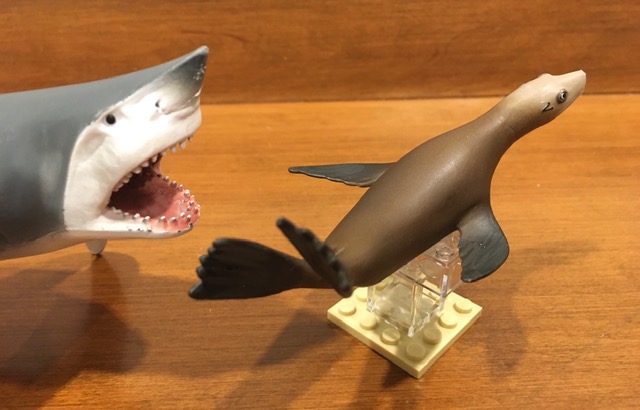
Review and images by Suspsy; edited by bmathison1972
The California sea lion (Zalophus californianus) is perhaps the most familiar of all the eared seals due to its popularity in zoos and aquariums as well as its range across most of the western coastline of North America. Intelligent and adaptable, it is just as comfortable resting on a man-made structure, such as the famous Pier 39 in San Francisco, as it is on a remote sandy beach.
Spotted Seal (Sealife by CollectA)

Review and images by Suspsy; edited by bmathison1972
A fairly typical member of the earless or “true” seal family, the spotted seal (Phoca largha) inhabits the cold waters of the northern Pacific Ocean. Its range includes the Yellow Sea off China, which may have been a factor in CollectA’s decision to make not one, but two toys of it in 2014.

